Properly drying your car after washing is crucial to maintaining its appearance and protecting its paint. A car drying towel is an effective way to ensure your vehicle stays pristine. However, there are common mistakes that many car owners make when using these towels, which can lead to subpar results or even damage to the car’s finish. In this blog, we'll explore these mistakes and provide tips on how to avoid them.
Mistake 1: Using a Dirty Towel
One of the most common mistakes is using a dirty towel to dry your car. A dirty towel can contain dirt, debris, and contaminants that can scratch your car’s paint. Always make sure your drying towel is clean before use. After each use, wash your towel thoroughly to remove any particles that may have accumulated. Use a mild detergent and avoid fabric softeners, which can leave residues that reduce the towel's effectiveness.
Mistake 2: Not Pre-Washing a New Towel
New towels often come with manufacturing residues that can harm your car's finish. Pre-washing a new towel before its first use helps remove these residues and makes the towel more absorbent. Wash the new towel separately using a mild detergent to avoid lint transfer. This simple step can significantly enhance the towel's performance and ensure a safer drying process.
Mistake 3: Applying Too Much Pressure
Many car owners believe applying more pressure will dry the car faster. However, excessive pressure can lead to scratches and swirl marks. Instead, use a gentle, sweeping motion. Let the towel do the work by absorbing the water naturally. For stubborn spots, blot the area lightly instead of rubbing. This technique helps protect your car’s paint and leaves a streak-free finish.
Mistake 4: Ignoring Proper Drying Technique
Proper drying technique is essential for achieving a spotless finish. Dry your car in sections, starting from the top and working down. This prevents water from dripping onto areas you’ve already dried. Pay attention to areas that hold water, such as mirrors, door handles, and trim. By following a systematic approach, you can avoid water spots and streaks.
Mistake 5: Not Using a Suitable Towel
Using the right towel is crucial for effective drying. Not all towels are created equal, and some materials are better for drying cars. Microfiber towels are highly recommended due to their superior absorbency and gentle touch. Chamois towels are also popular but can be less effective if improperly maintained. Choose a towel large enough to cover significant areas and thick enough to absorb substantial amounts of water.
Mistake 6: Overlooking Towel Maintenance
Proper maintenance of your drying towel extends its lifespan and ensures optimal performance. Always wash your towels after each use and store them in a clean, dry place. Avoid using bleach or fabric softeners, which can degrade the towel’s fibres. Regularly inspect your towels for signs of wear, such as thinning or fraying edges, and replace them when necessary. A well-maintained towel is critical to achieving a spotless, scratch-free finish.
Mistake 7: Drying in Direct Sunlight
Drying your car in direct sunlight can cause the water to evaporate too quickly, leading to water spots and streaks. Heat from the sun can also make the paint more susceptible to scratching. Instead, dry your car in a shaded area or during more excellent parts of the day. If you must dry your car in the sun, work quickly and keep the surface cool by rinsing it with water periodically.
Conclusion
Properly drying your car is vital to maintaining its appearance and protecting its paint. By avoiding these common mistakes, you can ensure your vehicle remains in excellent condition. Use a clean, suitable towel, apply gentle pressure, and follow a systematic drying technique. Take care of your towels, and avoid drying in direct sunlight whenever possible. Implementing these tips will help you achieve a flawless, streak-free finish every time.
Ready to transform your bathroom into a spa-like retreat with the finest towels? Explore our range of luxurious, soft, and durable hotel-quality towels.







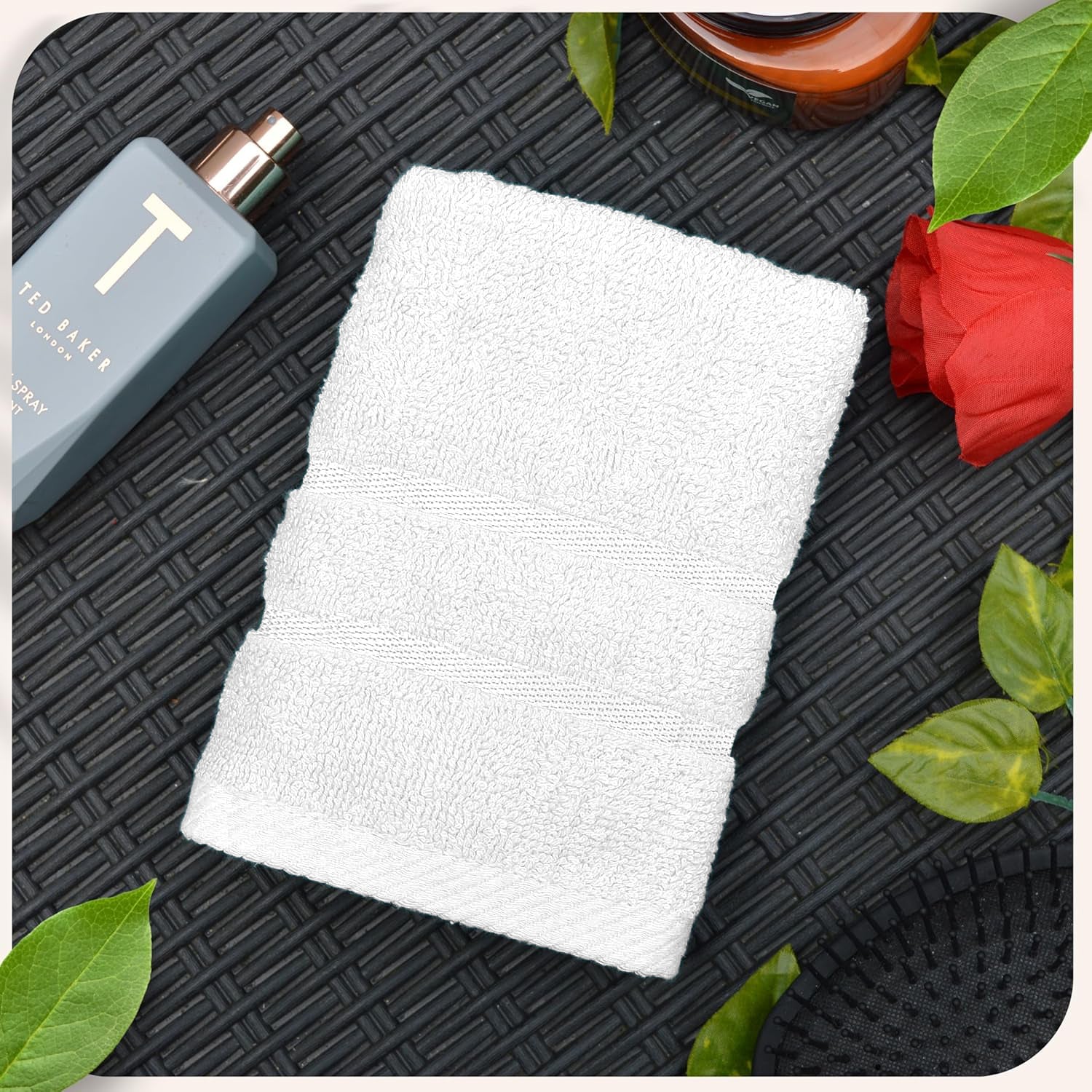
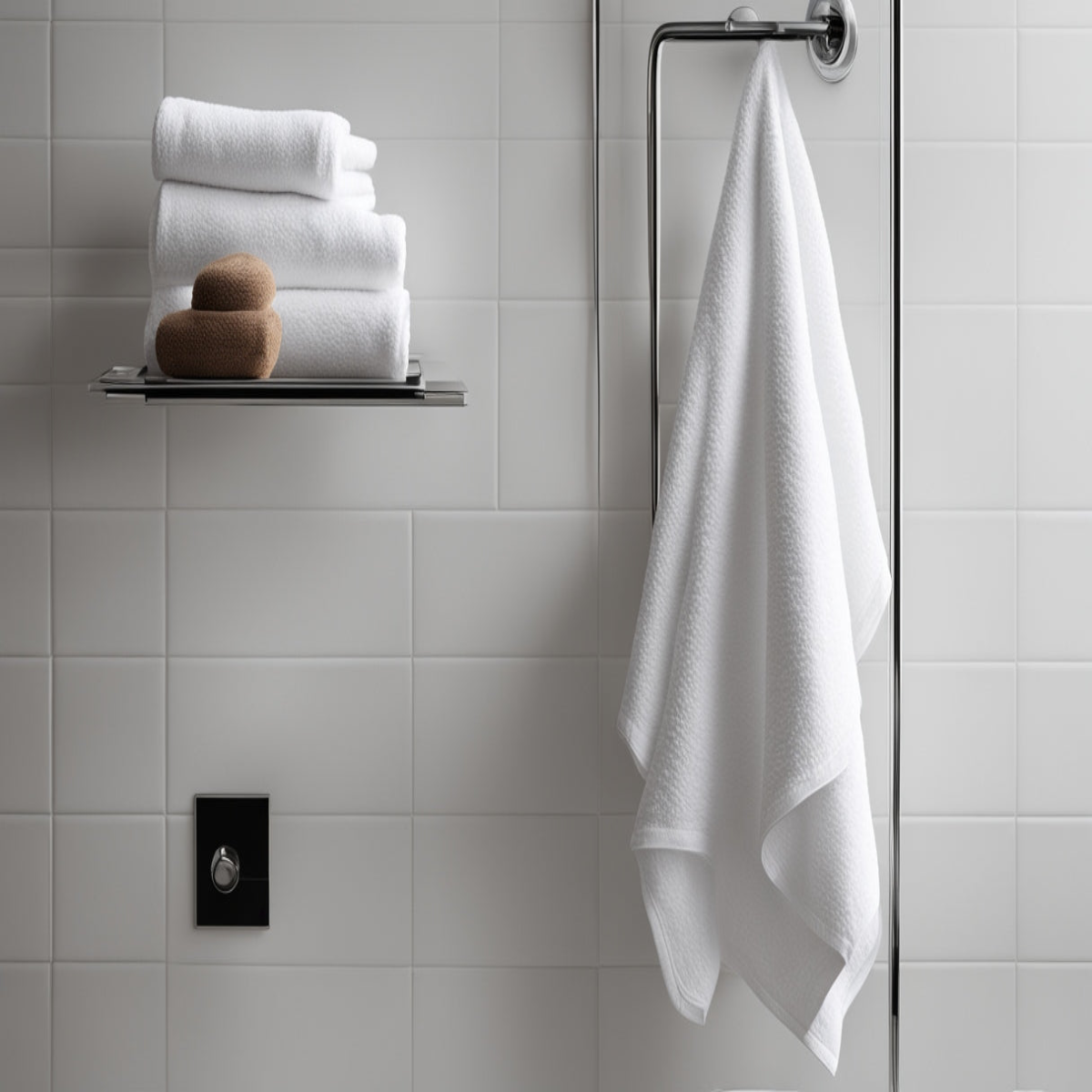
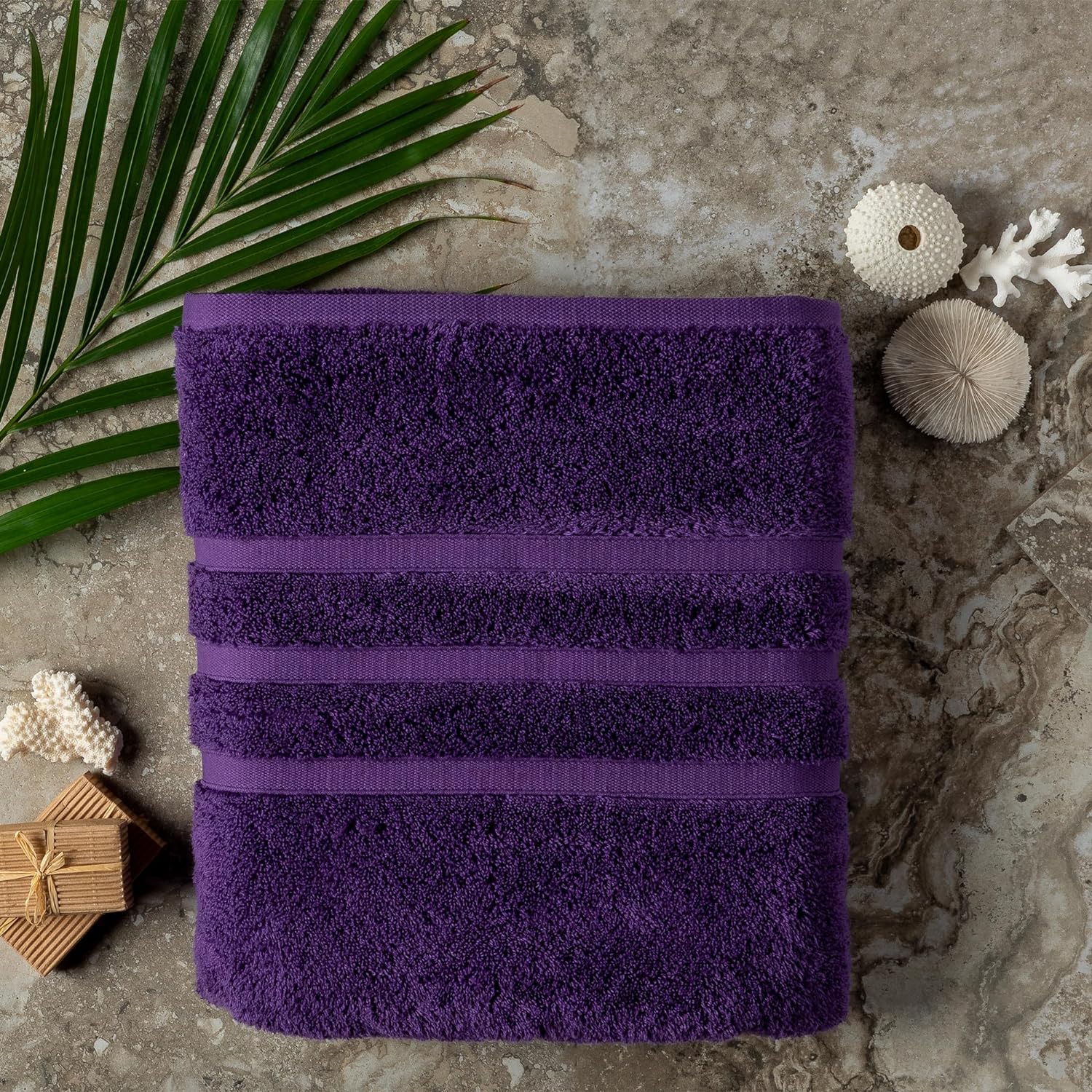

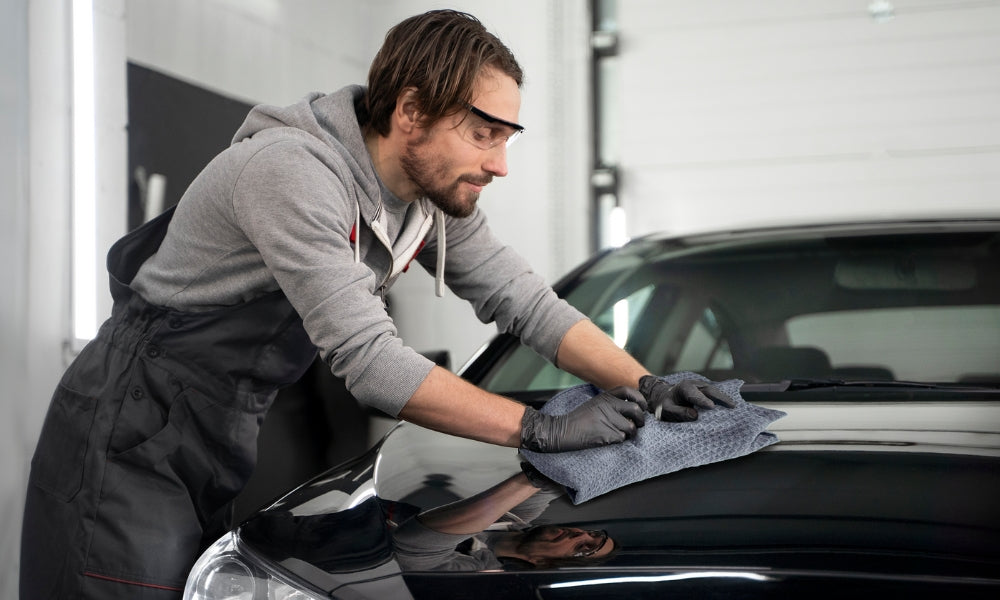
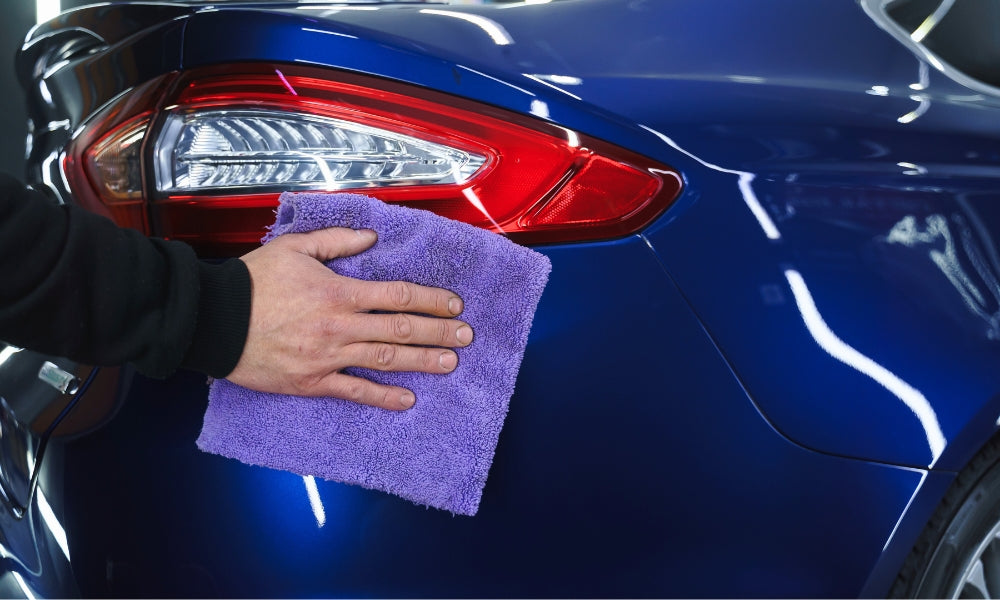
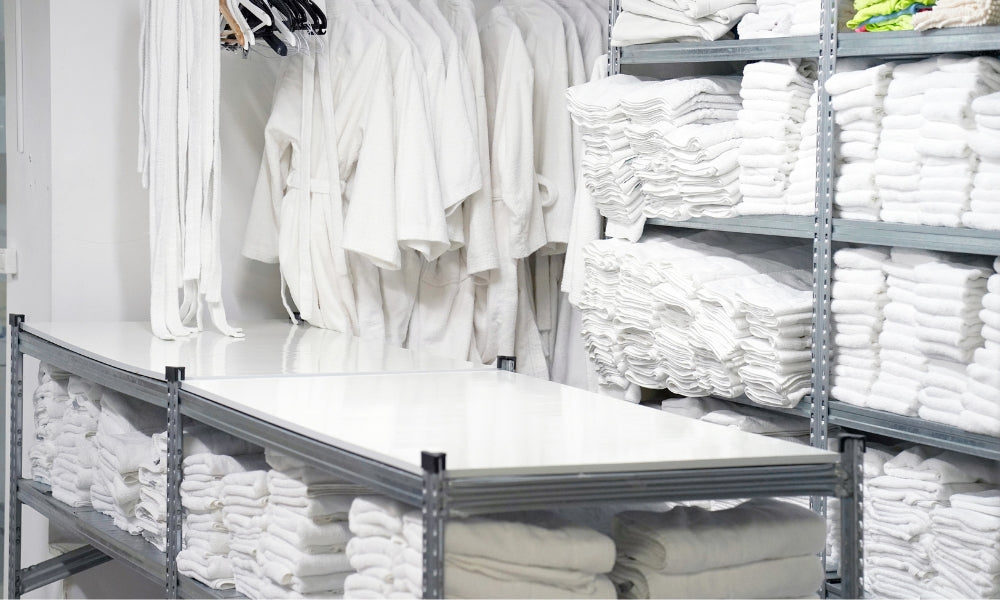
Leave a comment
This site is protected by hCaptcha and the hCaptcha Privacy Policy and Terms of Service apply.